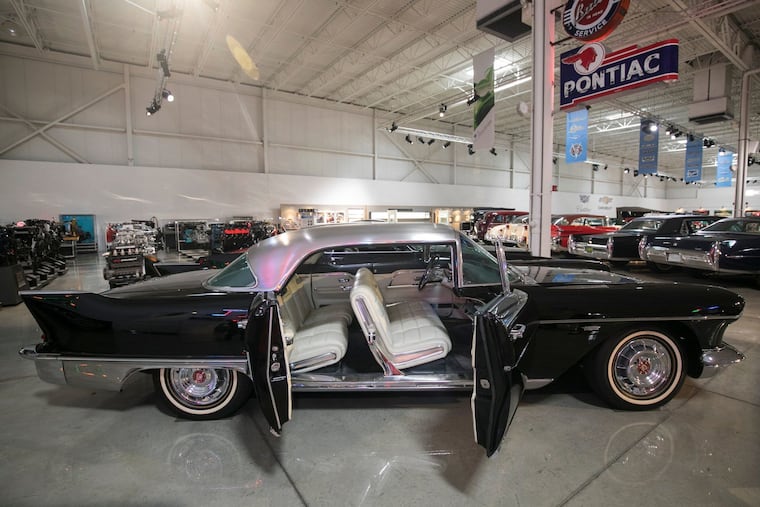
Q: Why are they called suicide doors?
— E.W., Chicago
A: I have heard some theories as to how they got their name. One is that the door could fly open and the passenger, trying to grab the door, would be blown out of the car and into traffic. (This was prior to seat belts.) Another is that when exiting the car, the door blocks visibility and someone could step into traffic. Still another was that the doors had the tendency to pop open during a head-on crash.
Q: I am old enough to remember people performing almost religious break-in routines on new vehicles, insisting all manner of ills would result if it wasn’t done properly. I always took a middle-of-the-road approach (pun intended) where I would take it easy on new cars (and new tires installed on older vehicles) for the first 500 miles or so.
We are about to buy a new car and my question is this: Is it still necessary or recommended to follow such a routine or (as I’ve read somewhere) are cars today built already broken in by using modern manufacturing techniques.
— G.B., Chicago
A: Cars are not broken-in, per se, but modern manufacturing provides excellent machining and tolerances. Modern motor oil provides excellent protection, even to new engines. Your technique of driving moderately for the first 500 or so miles is right on. Don’t rev the engine too high and be sure not to hold it at one speed too long. A nice long drive in the country would be ideal.
Q: My son-in-law had a screw in the tire about three inches from the centerline, two inches from the sidewall leaving the tread. It developed a slow leak so he took it to a tire chain store who fixes flats at no cost. Problem is that the screw was “called” in the sidewall and they would not fix, but rather sell him a new tire. He did not know better and had money, so he happily gave it to them.
I saw where the screw was and wanted to show him how to plug it, but because we were visiting, he did not want to impose. Does the sidewall now go all the way to the centerline? Your input on this matter would be appreciated.
— B.B., Chicago
A: If the sidewall went all the way to the centerline, automobile tires would look like bicycle tires. Your son-in-law was taken.
Q: If an electric car is accidentally driven into a deep rain puddle, what will happen to it electrically? Are there any hazards?
— B.K., Riverwoods, Ill.
A: The batteries and entire electrical system are sealed tighter than a frog’s butt.
Q: Warm weather means bug carcasses on the front end of my Avalon. I loved your window cleaner formula. Do you have a formula for bug remover?
— D.M., Evanston, Ill.
A: I don’t have a solution you can concoct from stuff found around the house. I do, however, have a solution: dryer sheets. Used ones work fine. Dip the sheet in water and wipe away all traces of bug splats. By the way, the sooner you attack the bugs, the better.
ABOUT THE WRITER
Bob Weber is a writer and mechanic who became an ASE-certified Master Automobile Technician in 1976. He maintains this status by seeking certification every five years. Weber’s work appears in professional trade magazines and other consumer publications. His writing also appears in automotive trade publications, Consumer Guide, and Consumers Digest.
Send questions along with name and town to Motormouth, Rides, Chicago Tribune, 435 N. Michigan Ave., Fourth Floor, Chicago, Ill. 60611 or motormouth.tribune@gmail.com.